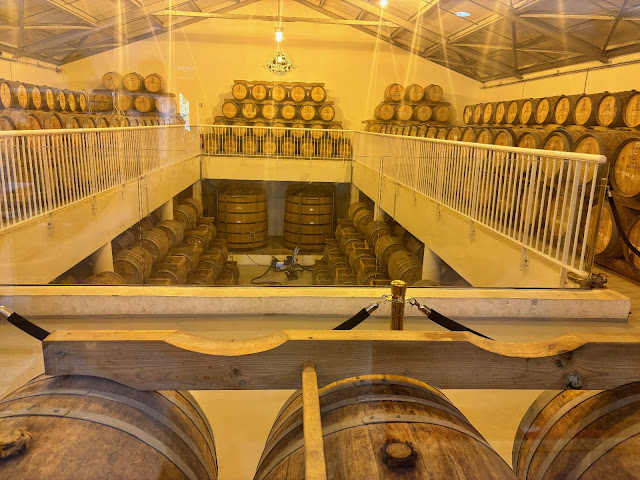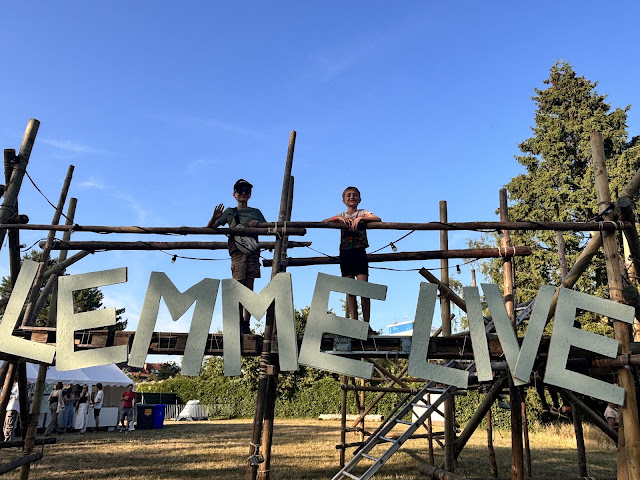Visting the fort Louis Delgrès
After one week in Guadeloupe, we drove south on the island along the coast in the direction of Basse-Terre, the capital of the island. It's an area full of history, where the first colonials arrived and lived, where the slave trade flourished. We hoped to visit some old plantations or rhum distilleries near Vieux-Habitants.
Unfortunately, we found that some plantations only had (limited) opening hours on week days and often on reservation only. We learned the hard way that this is not the most overly touristic region and we cannot compare to wine valleys where you just drive up to a castle or domain and can do a tasting.
More out of luck, the coffee museum in Vieux-Habitants also based on an old plantation was closed due to renovations after hurricane damage.
Off we went to a rhum distillerie Bologne right before arriving in Basse-Terre. Here we could have a look around, but the next guided tour (solely in French) was already fully booked so we didn't stay long.
The landscape at the foot of the volcano La Soufrière
A few minutes later we were in Basse-Terre and our stop at Fort Delgrès was finally more successful. We could park easily right next to entrace after we had driven by a (cruise?) ship docking place and a public market. All in all the city didn't seem very big or impressive to me and I've completely zipped the fact at that moment that this is the capital of Guadeloupe. I mistakenly assumed it was Point à Pitre.
Fort Louis Delgrès
This impressive historic fort is surely worth a good visit. You can walk the different ramparts and buildings all in view of the Carribean Sea and the volcano.
A almond tree gave us some much-needed shadow in the torching 34C heat that was bothering me a bit during the visit.
Most touching was probably the monument built to remember Louis Delgrès, the French black army luitanant that led the upraisal against Napoleon's troops, led by general Richepence, that came to reïnstate the abolished slavery on the island. With 800 men they shielded here in the fortress and fought against the newly arrived French troops.
"Live Free or die" , the motto of the resistance. So they blew themselves up...
"Live Free or die" , the motto of the resistance. So they blew themselves up...
Just across that monument, there's a cemetery. Ironically, it's the graves of the French generals that came after 1802 (among other Richepance that lived his victory just very shortly on the island), so the reconquers after Louis Delgrès.
Truly a place with so much history and tragedy.
We left and passed the canyon behind the fort and drove up the slopes to go and look for the vulcano seismological observatory. The OVSG was closed on Saturday and probably not even open for public...but we just had to drive up and see it at the hill, because there was a murder in Death in Paradise here :p.





.jpeg)
.jpeg)

.jpeg)
.jpeg)
.jpeg)







.jpeg)






Comments